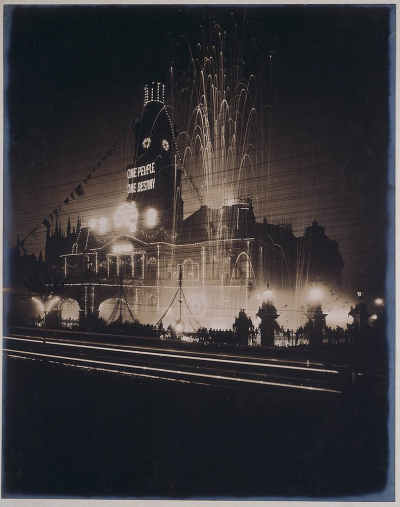Royal assent is the method by which a monarch formally approves an act of the legislature, either directly or through an official acting on the monarch's behalf. In some jurisdictions, royal assent is equivalent to promulgation, while in others that is a separate step. Under a modern constitutional monarchy, royal assent is considered little more than a formality. Even in nations such as the United Kingdom, Norway and Liechtenstein which still, in theory, permit their monarch to withhold assent to laws, the monarch almost never does so, except in a dire political emergency or on advice of government. While the power to veto by withholding royal assent was once exercised often by European monarchs, such an occurrence has been very rare since the eighteenth century.
Royal assent is typically associated with elaborate ceremony. In the United Kingdom the Sovereign may appear personally in the House of Lords or may appoint Lords Commissioners, who announce that royal assent has been granted at a ceremony held at the Palace of Westminster for this purpose. However, royal assent is usually granted less ceremonially by letters patent. In other nations, such as Australia, the governor-general (as the Monarch's representative) has the right to dissolve the parliament and to sign a bill. In Canada, the governor general may give assent either in person at a ceremony in the Senate or by a written declaration notifying Parliament of their agreement to the bill.
The Federation of Australia was the process by which the six separate British self-governing colonies of Queensland, New South Wales, Victoria, Tasmania, South Australia, and Western Australia agreed to unite and form the Commonwealth of Australia, establishing a system of federalism in Australia. The colonies of Fiji and New Zealand were originally part of this process, but they decided not to join the federation. Following federation, the six colonies that united to form the Commonwealth of Australia as states kept the systems of government (and the bicameral legislatures) that they had developed as separate colonies, but they also agreed to have a federal government that was responsible for matters concerning the whole nation. When the Constitution of Australia came into force, on 1 January 1901, the colonies collectively became states of the Commonwealth of Australia.
The efforts to bring about federation in the mid-19th century were dogged by the lack of popular support for the movement. A number of conventions were held during the 1890s to develop a constitution for the Commonwealth. Sir Henry Parkes, Premier of the Colony of New South Wales, was instrumental in this process. Sir Edmund Barton, second only to Parkes in the length of his commitment to the federation cause, was the caretaker Prime Minister of Australia at the inaugural national election in 1901 in March 1901. The election returned Barton as prime minister, though without a majority.
This period has lent its name to an architectural style prevalent in Australia at that time, known as Federation architecture, or Federation style.

1900Jul, 9
The Federation of Australia is given royal assent.
Choose Another Date
Events on 1900
- 16Jan
American Samoa
The United States Senate accepts the Anglo-German treaty of 1899 in which the United Kingdom renounces its claims to the Samoan islands. - 24Mar
New York City Subway
Mayor of New York City Robert Anderson Van Wyck breaks ground for a new underground "Rapid Transit Railroad" that would link Manhattan and Brooklyn. - 5Apr
Linear B
Archaeologists in Knossos, Crete, discover a large cache of clay tablets with hieroglyphic writing in a script they call Linear B. - 2Jul
Lake Constance
The first Zeppelin flight takes place on Lake Constance near Friedrichshafen, Germany. - 14Jul
Boxer Rebellion
Armies of the Eight-Nation Alliance capture Tientsin during the Boxer Rebellion.

 English
English  español
español  français
français  português
português  русский
русский  العربية
العربية  简体中文
简体中文 